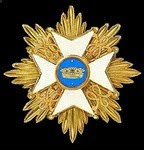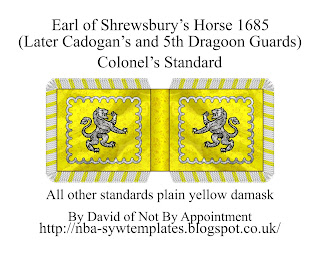First raised 1671. One battalion strong. Disbanded 1748.
Colonels: 1673 Nicolaas Frederik Zobel died 1695 as a Major General; 1695 Johan Wijnand van Goor killed as a Lieutenant General at the storming of the Schellenberg 2nd July 1704; 1704 Frederik Theodor Hangest Genlis, called d'Yvoy, Heer van Binderen
The Colonel Commandant in 1704 was Johann Frederik Hildebrandt who was killed at Blenheim 13th August 1704 as was the major Erasmus von Fresenburg. Major Court Gijsbert Baron von Asbeck was killed at Malplaquet on the 11th September 1709.
Service:
1690: 1st July Battle of Fleurus; strength of 708 officers and men in 12 companies;
265 killed and missing in action, 67 wounded in action and 90 prisoners
1703: 27th April Defence of the Rottweil-Stolhofen Lines
1704: Battle of the Schellenberg ; strength of 581 with losses of 46
1704: 13th August Battle of Höchstädt/Blenheim with a strength of 535 all ranks and losses of 244 killed in action and 211 wounded
1706: 3rd July Siege of Ostend; 4 wounded
1709: 1th September Battle of Malplaquet; losses 54 killed in action and 257 wounded (where the recorded flag was captured)
Uniform was pearl grey with red cuffs, linings and waistcoat
(All details from Uniforms and Flags of the Dutch Army And The Army of Liege 1685 - 1715 By Robert Hall, Iain Stanford and Yves Roumegoux but flag details taken from the Triomphes Louis XIV as generously provided for download by the Bibliotheque Nationale of France)



















































